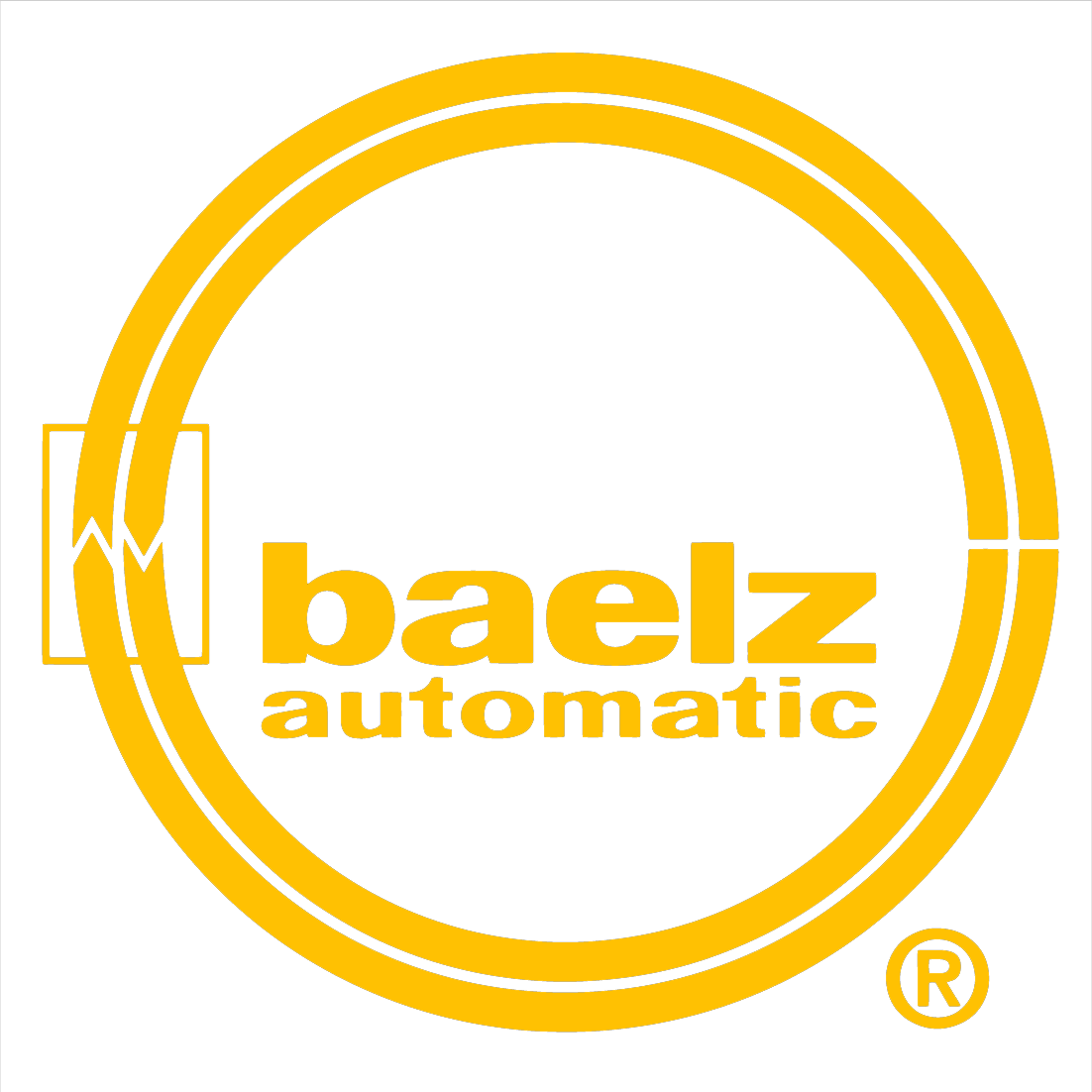Industries are increasingly converting their mechanical pumps to water- or steam-driven alternatives. That's because steam and water ejectors are much easier to install and are powered fully by their own motive gas or fluid. This key benefit makes water and steam ejectors much more efficient than mechanical pumps, reducing costs and improving system reliability for diverse industrial applications.
How Ejectors Work Without Mechanical Pumps
Also known as jet pumps, ejector pumps are specialized three-way valves that operate based on two key principles of pressure and flow dynamics:
- The Bernoulli equation, first established by Daniel Bernoulli (1700–1782), a Swiss physicist and mathematician
- The Venturi effect, based on the work of Giovanni Venturi (1746–1822), an Italian physicist
Both principles relate to how pressure differentials can create a vacuum. A high-pressure steam or fluid enters a specially designed nozzle and then moves through a venturi, or throat, located between the nozzle and the valve's output. The venturi constricts and then expands, and the ejector's internal pressure further decreases as flow velocity at the nozzle increases. This transition from pressure head to velocity head illustrates the jet vacuum principle at work.
How ejectors work is through the resulting propulsion flow, which creates negative pressure in the fitting. The negative pressure sucks in another medium, called suction flow, and both flows are mixed. In the process, thermal and kinetic energy are exchanged, and the mixture is ejected from the pump via a third port. A steam ejector thus uses a jet vacuum to accomplish what would otherwise require a continuous power supply and related maintenance and costs.
Methods of Control with Ejectors
Since a water or steam ejector eliminates the need for complex electromechanical components, how does it control the steam/liquid velocity and valve pressure?
While the simplest ejector applications only require a simple on/off function, other water or steam ejector designs require more granular control. There are several methods for controlling an ejector's nozzle or inlet flow and internal pressure. Generally, these techniques fall under two main classifications:
- Throttle Motive Flow. The simplest option, throttle motive flow requires throttling the motive stream to trigger the ejector's on or off state. The presence of a high-pressure motive stream automatically activates the ejector.
- Recycle Method. Maintaining 100% suction without the motive stream is possible by recycling gas or fluid collected at the ejector's output and routing it to the suction side. The recycle method is effective when the primary nozzle lacks a consistent motive supply. Recycling the ejector's output also maximizes resources, creates system redundancy, and improves control over flow/pressure dynamics.
Benefits of Water and Steam Ejectors having less moving parts
By eliminating the need for electromechanical components, water and steam ejectors improve several of the most important factors in pneumatic and hydraulic system design:
- Reduced Maintenance: With fewer moving parts than mechanical pump alternatives, ejectors are less prone to malfunction, with minimal service requirements. Ejectors also provide more consistent performance, and what little maintenance they require is usually very simple and inexpensive.
- Cost-Effectiveness: Water or steam ejectors are usually more affordable than mechanical pumps, both in terms of the initial expense and total life cycle costs. Ejectors can usually function with existing equipment, eliminating the need to invest in additional components. Because they're also more reliable and easier to maintain, ejectors also reduce system downtime and time spent troubleshooting.
- Greater Customization: High-quality ejectors are adaptable to a variety of industrial applications. Because ejectors can generate flow and produce a vacuum without electrical power, they're more flexible alternatives over mechanical pumps. An ejector can also function in reverse, removing excess fluids, gases, or waste products.
Learn More About Water and Steam Ejectors From Baelz NA
Ejectors are essential for industries such as chemical manufacturing, food and beverage, petrochemical, pharmaceutical, pulp and paper, and more. They provide efficient heat exchange and greater control of pressurized gas or fluid systems.
Baelz NA specializes in turnkey water and steam ejector solutions, including custom skid-mounted packages, instrumentation, and other components built for your exact system requirements. To learn more about our advanced ejector technology and how to upgrade your mechanical pumps, contact us or request a quote.
